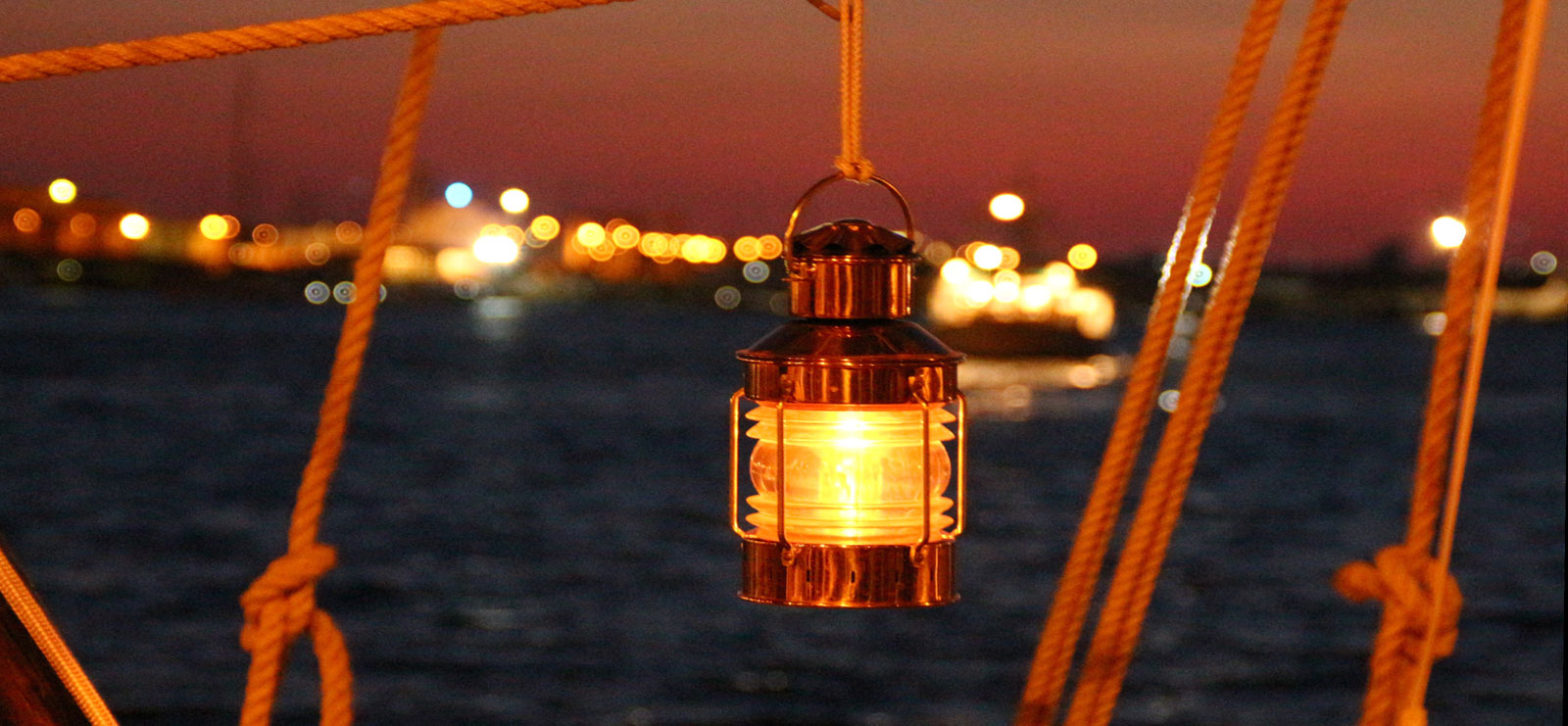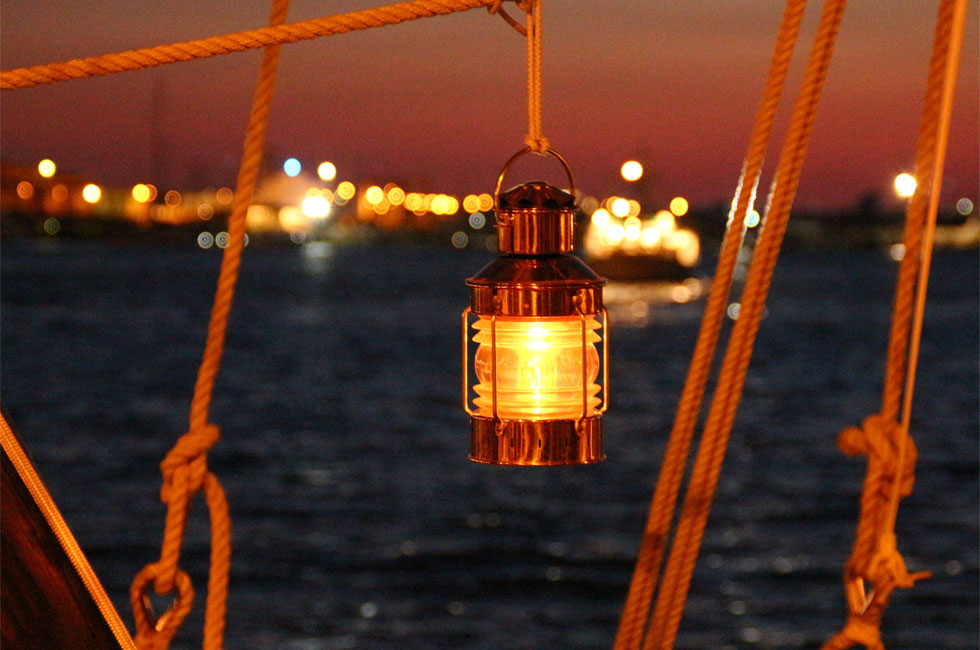





Apulia is a people of travellers, saints and sailors; the coasts near the hill, the ancient rural traditions, the cults of the earth mingled with those of the sea have all created, throughout the centuries, an extraordinary mix of popular devotion and spectacular journeys of faith around shrines, cathedrals, paths of the spirit, displaying during Holy Week the secret treasures that remain hidden in dusty sacristies most of the year.
At Easter, the statues of the Passion, with the Mother veiled in black, the representation of the pain of the world, the tears of death, are paraded through the streets. The saints are paraded, in their costumes woven in gold, covered with votive and mourning offerings, surrounded by the fervour of a people who, at Easter, search for the profound values of the human condition and of a Christian belonging.
The women of Apulia parade, still mindful of their humility in the face of the triumph of faith, the men proud to lend their backs to the difficult task of transporting the sacred icons.
All around the deep drums and the brass bands trace a path, transfusing the collective mood of the ritual participants - the penitent, the faithful - into a grim and evocative music. A piece of the Middle Ages that reminds Apulia of its roots and combines with the echoes of a Baroque that adorns this magnificent land in the churches and palaces. Meanwhile, in the houses the Easter preparations are feverish, the women trying their hand at the typical festive desserts, rich in almonds and perfumes evocative of the East.
Ionian Land and Salento, Gargano and Daunian Mountains, Costa dei Trulli and Bari hinterland, lands of Frederick II: an itinerary of suggestions and ancient songs celebrating the Passion of Christ in every corner, representing it in all its physicality, displaying the grief of the masses as if on a collective theatrical stage. The deep symbolism in which these archaic rites are rooted refers to the most ancient tradition of the Christian word, bringing forth from the depths of the soul of a dynamic and modern people such as that of Apulia, the desire to reunite with their own history, never removed, never forgotten.
These demonstrations of popular devotion are an extraordinarily emotional experience for those who witness them: the parades and processions meander through alleys and old towns, looking for churches, scrambling up hills, depositing the holy statues. The universal drama of the death of Christ and the celebration of his human mortality and his divine immortality are represented in many different ways.
Apulia frames the background, with olive trees, vineyards and the sea, with the scents of the countryside and the charm of small old towns, with the great Romanesque cathedrals and the nearby shadows of the many castles and court palaces.
And above all the light: the light of Apulia, miraculous and revealing, shining with all its colours at Easter time, a reminder of the Death that brings us back to life.
Etymologically, Easter is a transition: the biblical tradition celebrates it, by entrusting the salvation of God’s People to the escape from Egypt; Christ’s Passion, with the Mysteries of its sacred rites, prepares for resurrection and joy.